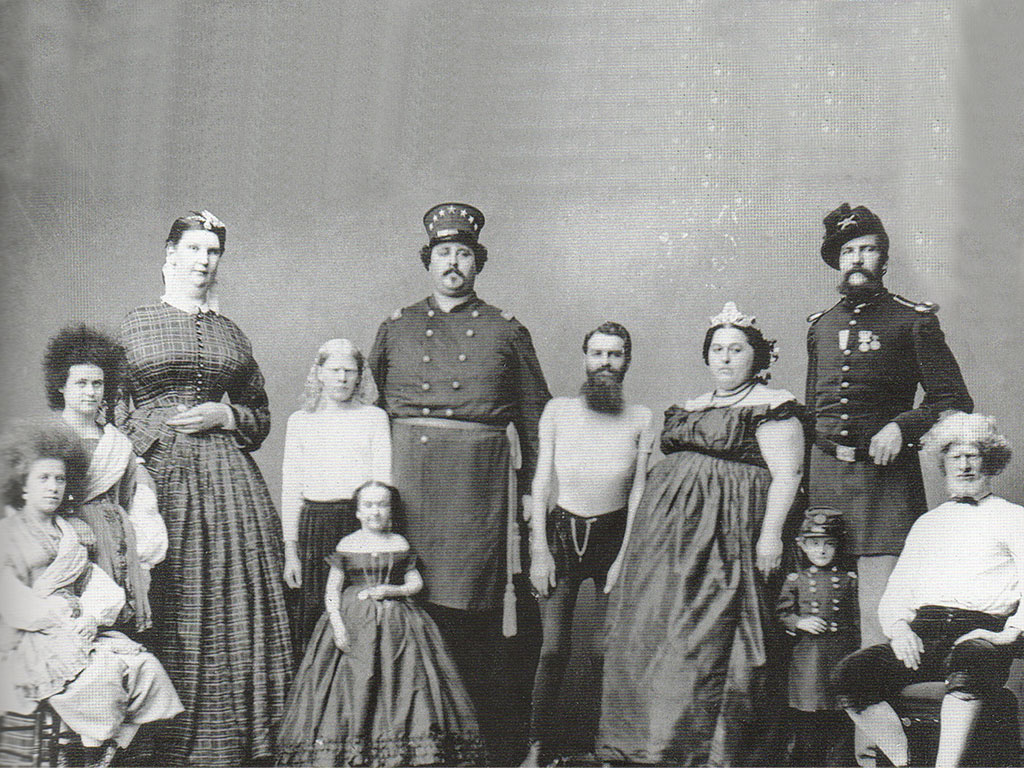
A case study: P.T. Barnum – The Greatest Showman of American Advertising
Barnum & Bailey Circus: A grand spectacle or a hot seat of harrowing slavery? – A ‘Humbug’ truth
“No one ever made a difference by being like everyone else.” – P.T. Barnum
An arrogant genius, a magician, or a crooked sadistic fraud with a brilliant creative mind? How should you recognize the pioneer of modern American Advertising – Phineas Taylor Barnum? For those who have already watched Michael Gracey’s larger-than-life musical “The Greatest Showman”, the handsome face of Hugh Jackman may have already started dwindling in your visions but before you defend the ‘inspirational’ Barnum with a sugar-coated tale, let me bring out the facts!
The Myths and the Facts
Remember the myth we all heard back in our childhood days – Elephants don’t feel pain? While we all could, after a certain age, interpret the metaphor behind the saying, this lie was apparently an accepted truth back in the mid-eighteenth century!
And any idea where it all started from? – You guessed it right, it was indeed P.T. Barnum who with his magical showmanship introduced the idea for his own benefit: His circus shows needed spectacles, and what’s better than a gigantic elephant obediently following the orders of an apparent powerless human, that too without the moral obligation of accepting the guilt of forced training towards these animals?
And it was under Barnum’s patronage, the world witnessed one of the riskiest acts of animal brutality when on May 17, 1884, he marched 21 elephants and 17 camels across the famous Brooklyn Bridge in New York in a bid to prove it was safe. While some may argue this act as a philanthropic measure to refute unnecessary public panic for commuting across a suspension bridge structure, Barnum’s ulterior motive behind this action can’t be blindly ignored.
With one of his money-minting machines aka Jumbo, the elephant leading the charge, it was a huge risk to him as well. Yet an optimistic outcome of the entire episode would result in free yet priceless advertising for his future showmanship ventures!
Come, FREAK Out!
Then came Barnum’s Freaky Tales – a collection of specially-abled, uniquely statured human beings, commonly referred to as freaks back in those times, who when masterfully fused with Barnum’s virtuoso storytelling abilities, turned into mythical characters of living lore. Take, for example, the tale of Joice Heth, a blind, 80-year-old slave woman in the 1830s, for whom Barnum rumouredly paid a hefty sum of 1000$ only to portray her as a 161-year-old nurse who tended to America’s first president George Washington! – Such instances are in abundance when we discuss the vibrant endeavours of P.T. Barnum.
Such inflated advertising can be seen when Charles Sherwood Stratton, a four-year-old kid from Connecticut, suffering from a severe case of Hypochondroplasia aka dwarfism, got featured by Barnum as General Tom Thumb and was made to impersonate famous historical characters including the French legend, Napoleon Bonaparte. Fuelled by the success of Charles, Barnum added even more firepower to his arsenal when he introduced the dwarf sisters – Lavinia and Minnie Warren, who like Charles, suffered from a rare pituitary disorder resulting in unfortunate dwarfism, that in turn became Barnum’s crowd-puller.
Then there was Myrtle Corbin, the four-legged girl with two sets of internal and external sexual organs, who had a “dipygus twin” within her body that didn’t fully develop in the womb; Zip, the Pinhead aka William Henry Johnson, who, struck with a rare medical condition known as “Microcephaly”, had a small, disproportionate head; Prince Randian aka The Living Torso, a grown adult without arms and legs, owing to his Tetra-amelia syndrome – the list is indeed long and scary!
Yet, with each story, one obvious question comes up – How can someone even possibly think of an inhumane strategy like this, all for one’s own personal gain? And as we attempt to delve deeper into Barnum’s psyche, it’s obligatory to know a bit about the child who gets turned into this heinous advertising legend!
How it all began: The Prologue
Barnum’s early years were heavily influenced by his grandfather who was a lottery schemer himself, an experience which would find effect later in his life during his stint as a lottery agent, where he came to learn the grandest and one universally true notion of advertising: You don’t sell the product, you sell the dream, and then you promise them the future but also insist that “Right Now” is the right time to buy!
Having been born as the son of a modest innkeeper, his varied professional fronts and constant strive towards opulence came from his underlying desperate attempts to escape the dark tentacles of poverty. Yet, it’s utterly dumbfounding as to how his cunning mind found ways out of the most boring, mundane routes. Medical science was then yet to reach today’s sophistication and anything or anyone with the slightest abnormalities was tagged as an outcast – a chain of thought which may help us understand the general public hysteria when Barnum brought these freaks onto the stage and illustrated with each of them, a grand mysterious tale.
It’s strange to imagine how fellow human beings, who should have been otherwise loved and tended with special care, instead got transformed into instructed showpieces – Yes, it’s sad, but that’s how the truth stands today!
Judgement Day
What’s the shade of the human soul? – White, black, or grey? Standing in the 21st century, a non-biased, non-judgemental microscopic view of Barnum’s chronicles will give us the conspicuous answer: It has to be grey! It’s where the Yin meets the Yang and contradictions of good and bad get visibly apparent, yet obscure. Still, there’s no point denying that Barnum’s advertising theatrics and his outrageous promises indeed worked on the contemporary audience, whom he would sarcastically remark on as – “The people like to be humbugged”, with his first rule being: “You must gather a crowd.”
And as Ernest Hemingway attributed the inception of American literature to Mark Twain’s Huckleberry Finn, without Barnum, we would not have known Advertising as it is today; his subjects indeed deserved a much better fate and we will talk about this some other day!





